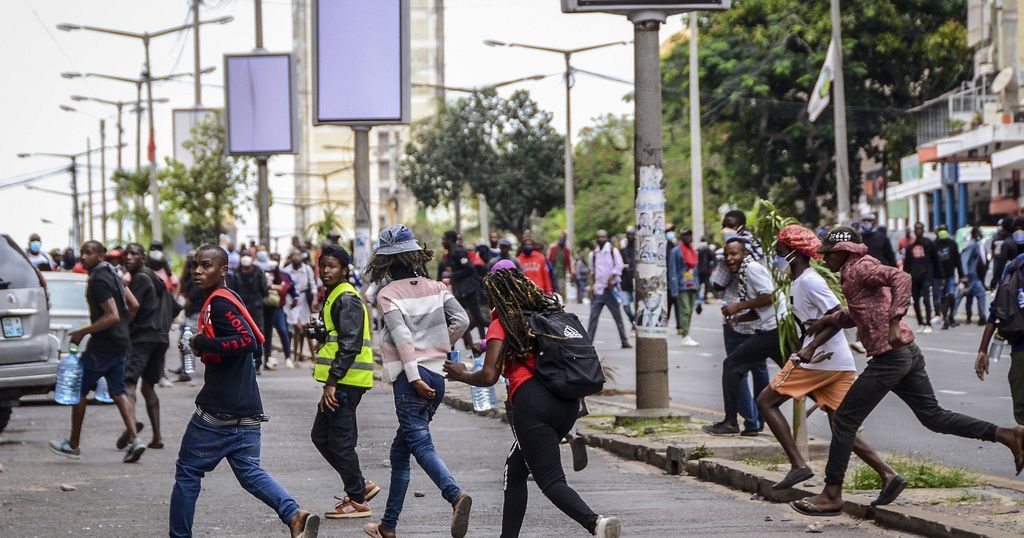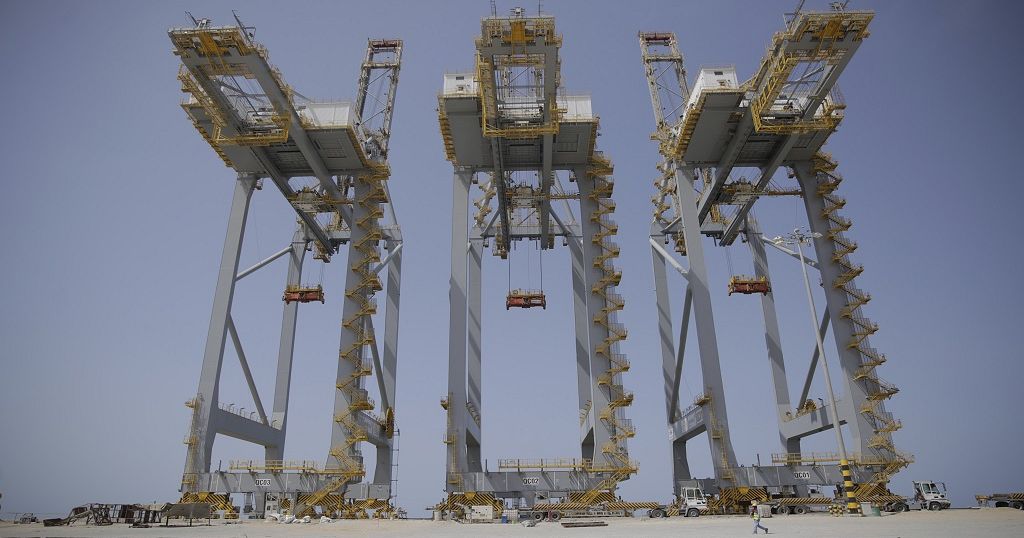Sudan’s war exacerbates famine crisis in displacement camps

Famine is spreading in Sudan as a result of a relentless war between the military and a paramilitary group that has wrecked the country and created the world’s largest displacement crisis, international hunger experts said Tuesday.
Experts from the Integrated Food Security Phase Classification, or IPC, said they detected famine in five areas in the Northeastern African country, including Sudan’s largest displacement camp, Zamzam, in North Darfur province where famine was announced for the first time in August.
Sudan has been roiled by a 20-month war that has killed more than 24,000 people and driven over 14 million people — about 30% of the population — from their homes, according to the United Nations.
This includes an estimated 3.2 million who have crossed into neighboring countries including Chad, Egypt and South Sudan.
The war began in April 2023, when long-simmering tensions between its military and paramilitary Rapid Support Forces exploded into open fighting in the capital, Khartoum, before spreading to other urban areas and the western Darfur region.
The war has been marked by atrocities, including ethnically motivated killing and rape, according to the UN and rights groups .
The International Criminal Court’s prosecutor has investigated atrocities as alleged war crimes and crimes against humanity.
The conflict has created vast hunger across the country. Food in the markets are scarce, and prices have spiked.
Aid groups also say they’re struggling to reach the most vulnerable as warring parties limit access, especially in North Darfur province.
Dervla Cleary, senior emergency and rehabilitation officer at the U.N.’s Food and Agriculture Organization, said 638,000 people are experiencing famine, most of them in the five areas where famine is detected.
Aside from Zamzam, which hosts more than 400,000 people, famine was also detected in two other camps for displaced people, Abu Shouk and al-Salam in North Darfur, and the Western Nuba Mountains, IPC’s report said.
Five other areas in North Darfur are projected “with reasonable evidence’
” To experience famine in the next six months,including el-Fasher, the provincial capital of North Darfur,
the report said.
Seventeen areas in the Nuba Mountains and the northern and southern areas of Darfur are at risk of famine, it added.
The report said some areas in Khartoum and the east-central province of Gezira “may be experiencing” famine-like conditions.
It said experts were unable to confirm whether famine threshold has been surpassed due to lack of data.
According to the report, a total of 24.6 million Sudanese — half of the population — faces high levels of acute food insecurity.
The IPC Partnership comprises more than a dozen U.N. agencies, aid groups, and governments that use the IPC as a global reference for analysis of food and nutrition crises.
IPC Phase 5 — famine — is determined in areas where at least one in five people or households severely lack food and face starvation and destitution, which would ultimately lead to critical levels of acute malnutrition and death.
Sudan is the third country where famine was declared in the past 15 years, along with South Sudan and Somalia, where a 2011 major famine was estimated to have killed a quarter of a million people – half of them children under 5 years old.
The IPC has also warned that Large parts of Gaza’s Palestinian population face the threat of famine.
Source: Africanews















